News/Blog
Automotive Winching Procedures
2025/11/18Essential Winching Guide for Safe Recovery
Whether you’re stuck in mud, sand, or on a steep incline, proper winch operation is your first line of self-recovery. This guide provides you with clear and reliable steps. Following these fundamentals protects your gear, your vehicle, and—most importantly—your crew. Stay calm, stay sharp, and winch like a pro!
-
Preparation before Winching

1). Connect the remote control
Always disconnect the remote control when not in use. Always have the remote control kept free from winch, wire/synthetic rope and roller/hawse fairlead.

2). Disengage clutch function
Lift the clutch T-handle up and tum it at 90° counter-clockwise rotation to the "Disengaged" position, rope can now clutch off the drum.
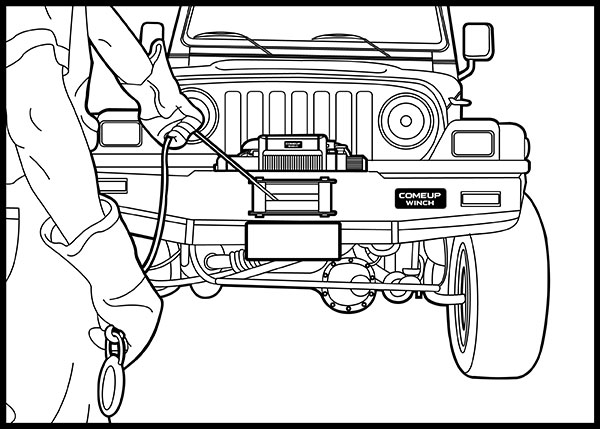
3). Pull the wire/synthetic rope to the anchor point
Wear leather gloves when handling wire/synthetic rope. Pull out enough rope to reach the anchor point. Be careful to keep the rope under tension.

4). Engage clutch function
To engage, lift the clutch T-handle up and turn it at 90° clockwise rotation to the "Engaged" position. Never engage the clutch while the drum is rotating.
-
Winching Operation
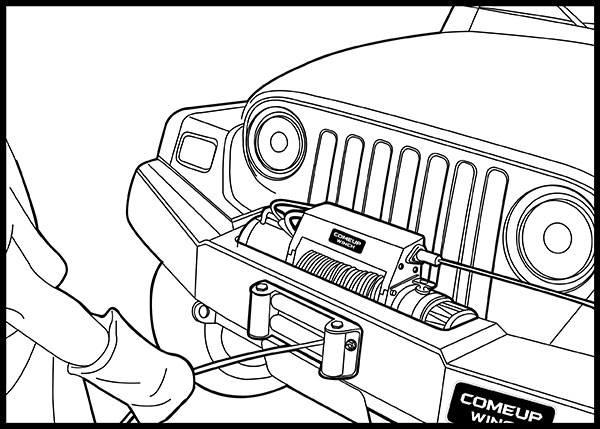
1). Check the wire/synthetic rope
Before winching, make sure the rope is wound on the drum evenly. If there is a mixed winding, it is essential to rewind it evenly.
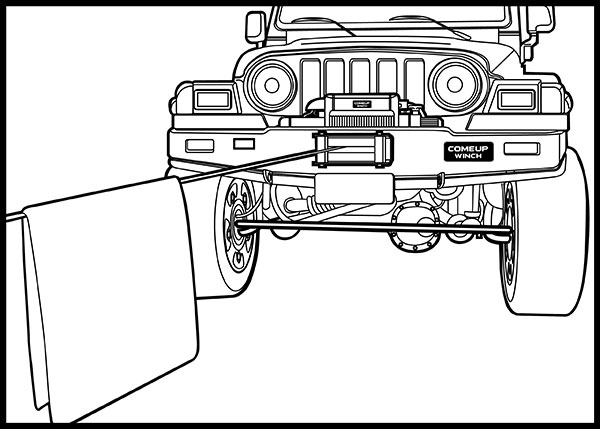
2). Lay a recovery damper over the rope near the hook end.
If a wire/synthetic rope failure occurs, the damper can prevent the rope from whipping.

3). Secure anchor point
It is very important that an anchor point is strong enough to hold the load while winching. Do not wrap the rope around the load and back onto itself. Always use a strap to ensure that the wire/synthetic rope does not fray or kink.
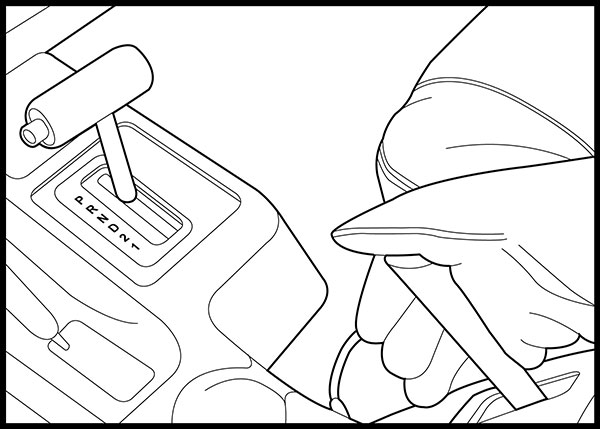
4). Setting the vehicle engine
The recovery vehicle engine should be running to provide maximum power to the winch. The transmission shall be set in neutral, hand brake applied ad wheel chocked or vehicle anchored to prevent the vehicle from moving.
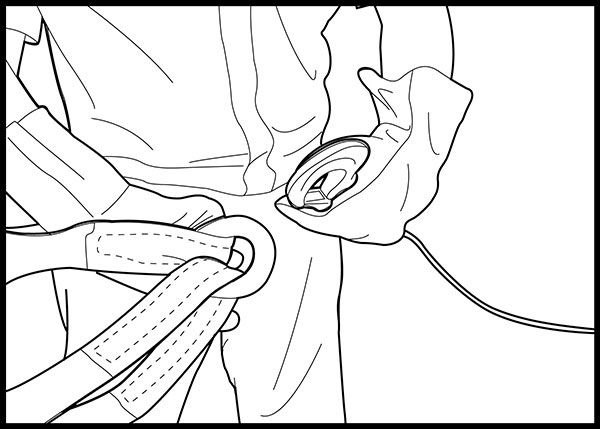
5). Attach shackle and hook
Use a shackle to lock both ends of tree trunk protector, and then attach to the wire/synthetic rope hook.

6). Begin winching
Keep force on the rope to ensure it winds onto the drum evenly. Release hand brake and continue pulling until the vehicle is recovered.

7). Secure vehicle
Once the vehicle is secured, wind the rope back onto the drum evenly and secure the hook firmly.
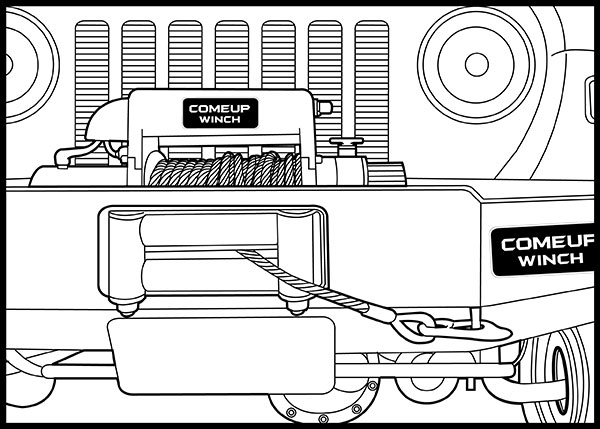
8). Disconnect remote control
Take remote control out of the socket and store it in a safe and dry place.
-
Precaution while winching

Make sure the rope is wound on the drum evenly. A tightly spiraled pig-tailed rope will damage the rope, shorten its life.

Always keep clear of winch, rope, hook, and roller/hawse fairlead during winching.

Keep winching area clear. Do not allow people to remain in the area while winching.

Never guide a wire/synthetic rope onto the drum with your hand, use a hand saver strap.
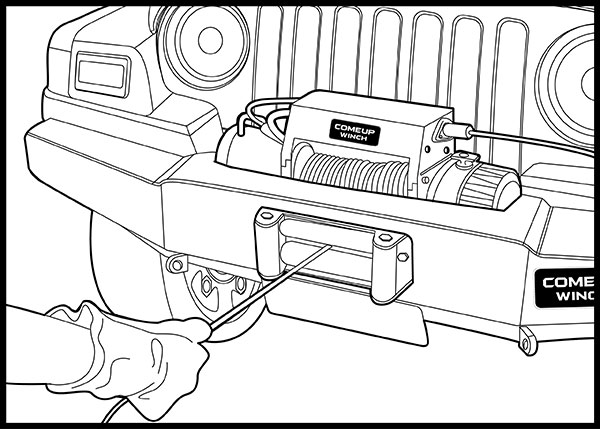
Avoid remote control cord from touching the wire/synthetic rope.

A winching operation requires extra consumption of battery power, so always keep your battery set in a good condition.